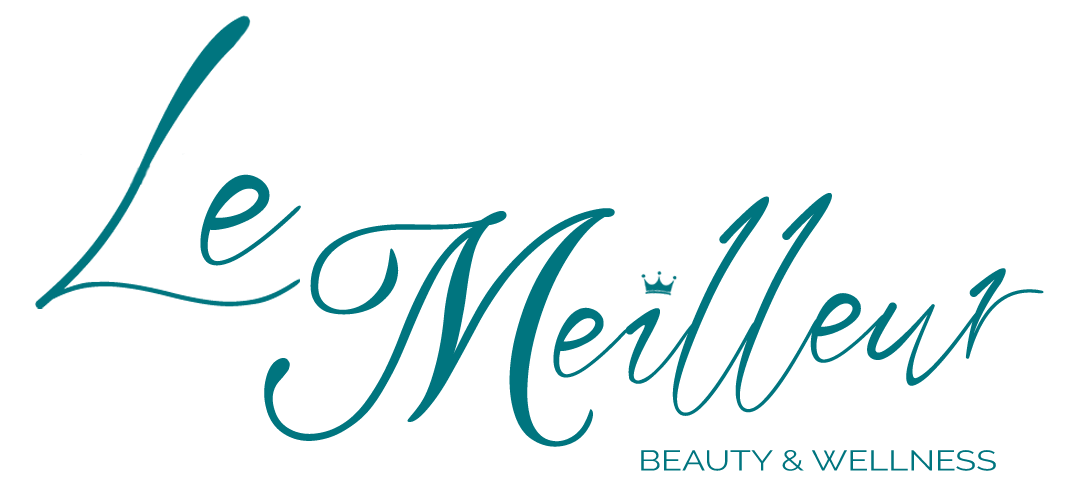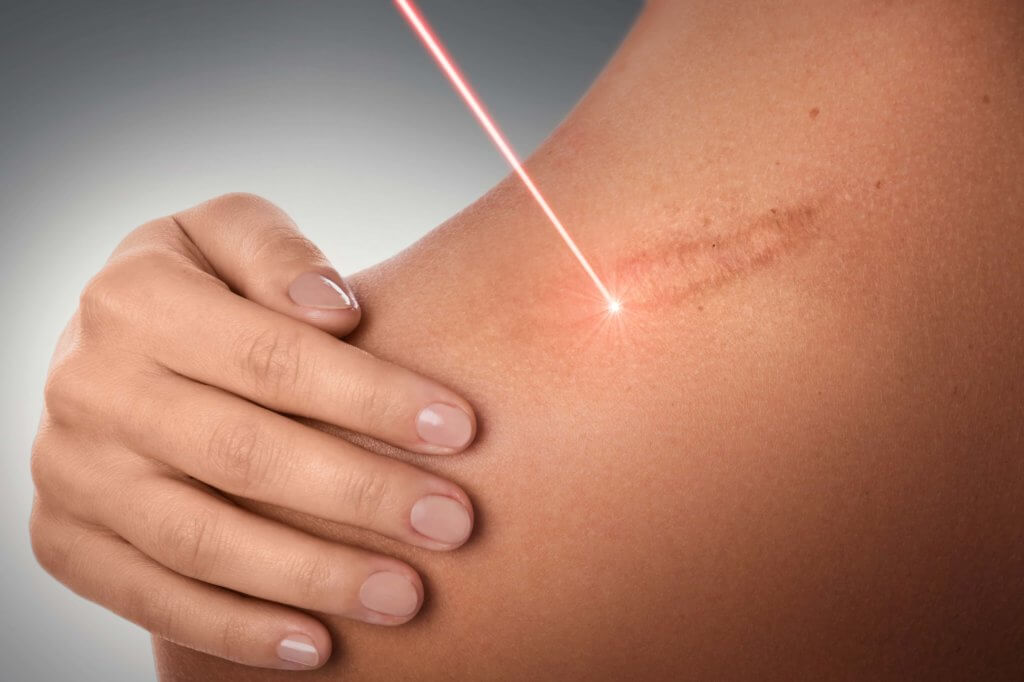Keloids are unwanted remnants of skin destruction. Acne and any surgery can increase or decrease the skin’s collagen levels. This incident may cause it to develop depressions, pits, or, in some cases, raised areas that are scarred. Scar reduction is applying non-invasive radiofrequency technology on the skin to decrease scars.
Today, let us know more about this treatment and if we can prevent or avoid keloids from ever happening.
Frequently Asked Questions
“What are keloids?”
Keloids are raised scars that are stiff and red. They appear on the arms, chest, leg, and face and may be produced by cystic acne.
“How are they treated?”
Keloids are treated with an intralesional injection to flatten the scar.
“How many treatments are needed?”
Experts recommend one to three (1-3) treatments on average to completely flatten the scar.
“Will the color go away after treatment?”
Yes, the color will gradually fade after the lesion has flattened.
Keloid Treatment Therapy
Radiofrequency technology helps break down the damaged skin to reveal the underlying smooth and even-toned layers. Once the surface layer of pigmented and scarred skin is removed, the undamaged lower layers are exposed. It also enhances the production of new skin in the scarred area.
Anyone who wants to reduce the appearance of an unwanted scar could benefit from our treatments. The process includes a series of treatments to decrease the appearance of scars on healed skin left with evidence of trauma.
The number of sessions required will depend on the size, depth of the scar, and skin type. Generally, 3-5 sessions are needed to reduce scars effectively.
Here are the key benefits of this treatment:
- Improves scarred skin appearance, tone, and texture
- Reduces marks in the safest and most effective way
- Removes the skin’s top layers to stimulate collagen production
- Offers shorter recovery time
How to Prevent Keloids
For those who have keloid-prone skin, one cannot always prevent a keloid. Although by taking precautions, you may reduce your risk of getting a keloid. Here are some common causes of keloids and what dermatologists say can prevent (or at least reduce the size of) a keloid.
Ear Piercings
The ears are familiar places to get keloids, wherein the development of keloids can happen after piercing any part of the ear. To prevent keloids, the best way is to skip getting a piercing on any portion of your ears. But if you still want to try a piercing, here’s what can help reduce your risk of developing a keloid on your ear.
Get the best results from pressure earrings by starting to wear them as soon as the skin begins to thicken, and you must wear them for at least 12 (and preferably 20) hours a day for 4-6 months. Since you cannot wear other earrings under your pressure earrings, newer piercings may close. Dermatologists warn enthusiasts against getting their ears pierced again. You may develop another keloid.
Tattoos, Body Piercings, or Cosmetic Procedures
These standard procedures can all injure the skin, meaning you could develop keloids if you are prone to get keloids. The best way to prevent keloids is to skip body art and cosmetic procedures.
First, try a test spot. Test a tattoo, piercing, or procedure by starting small. If you want tattoos or body piercings, begin by getting a petite or one-body piercing. If you think that cosmetic procedures may cause keloids, tell your dermatologist or another doctor who can operate. Your dermatologist may suggest other treatment options or try doing a test spot again.
By starting small, you can watch your skin thicken. This event may be the first sign of keloids. When the skin in your tested area thickens, wear pressure earrings or pressure garments immediately. The pressure can prevent the potential skin from thickening and eventually becoming a keloid.
For this test spot to be effective, you need to start with the pressure as soon as you notice your skin thickening. Dermatologists can fit you with pressure garments or earrings. It may also help to add another keloid treatment, like injections of corticosteroids.
Surgery, including Dental Surgery
Keloids can begin developing on your skin or even inside your mouth. When surgery is inevitable, here’s what can reduce your risk of developing a keloid:
- Tell your surgeon that you or a blood relative develops keloids before the surgery.
- Surgeons may take precautions that help reduce all risks of keloid development.
- Undergoing keloid treatment after your surgery can also be helpful.
Check and pay close attention to the scarring left after surgery. When you start noticing skin thickening, call your dermatologist right away. They may be able to help prevent any skin thickening from eventually becoming a keloid.
Skin Injuries
Even minor wounds, such as scrapes or bug bites, can cause keloids. If you have had keloids before or they run in your family, proper wound care may help prevent a keloid. Here’s what dermatologists recommend:
1. Things to Buy
Keep the following items on hand:
- Hydrogel wound dressing or sterile petrolatum gauze
- Silicone gels or silicone gel sheets
- SPF 30 sunscreen or higher, especially ones with broad-spectrum protection and effective water resistance
When you injure your skin, follow the next steps:
- Wash your damaged skin immediately with soap and water. Even a minor wound needs this care.
2. Keeping your wound clean can help reduce scarring.
- Use soap and tap water or a saline solution to cleanse the wound without needing to dry it.
- Refrain from using iodine, hydrogen peroxide, or rubbing alcohol, which can dry your wound.
- Place a bandage on the area with a hydrogel wound dressing or sterile petrolatum gauze. You want to keep your wounds moist since moisture helps speed up wound healing.
- Gently clean your wound and apply a new dressing or gauze daily until the wound heals. When washing the injury, you want to avoid scrubbing, which can cause a scar.
- After your wound heals, begin applying silicone gel sheets or silicone gel. Buy these products without a prescription at your nearest pharmacy. They can help prevent a keloid. You use a new sheet or gel to the area daily to get the best results.
- You need to wear this every day for about six months. If the wound hasn’t increased in size by this time, you can usually stop wearing the silicone sheets or gel. If you’re unsure when to stop, see a board-certified dermatologist.
- Protect the injured area from the sun. After the wound heals, you won’t see a keloid. Keloids take time to appear.
Final Takeaways
Keloids can indeed be undesirable and make us feel less confident with ourselves. But with the proper steps, we can prevent and avoid these unwanted factors and make us face the world as optimistically as possible.
Do you have keloids and wish to take care of them? Our wonderful friends at Le Meilleur Beauty and Wellness can help you today. Visit them now!







